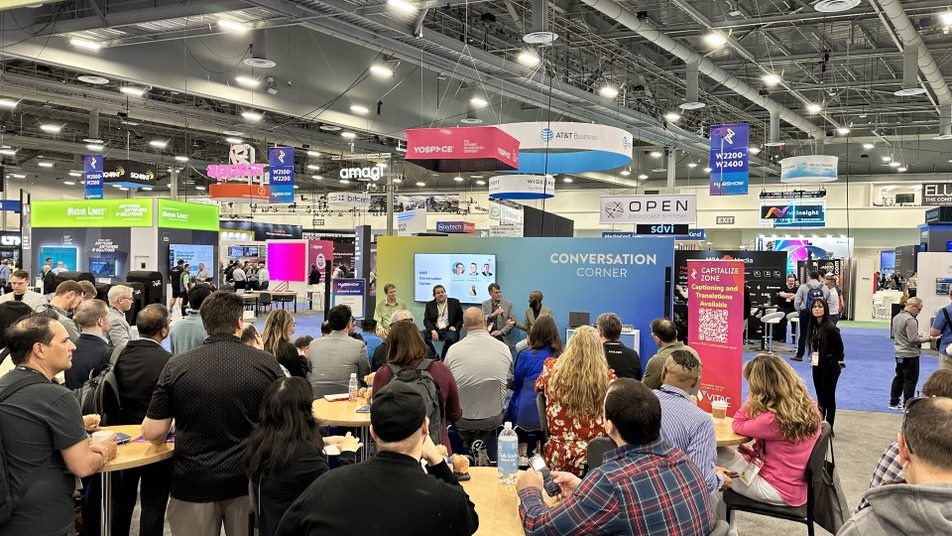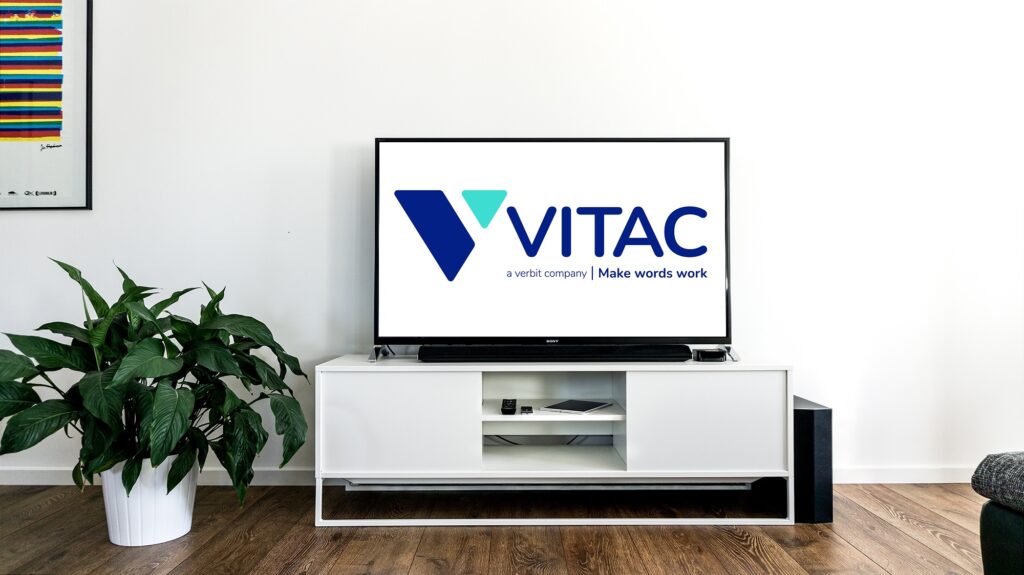All live tv captioning, such as that you see for news and sports, must be captioned in all capital letters in order to retain the speed at which realtime captioners are required to caption. Because of this, we sometimes get complaints from viewers that because realtime television captions are all caps that we’re shouting at them.
We promise that this is not the case! People talk a mile-a-minute on television, and using caps enables captioners to better keep up with speakers in terms of caption accuracy and synchronicity. Consider the following:
Captioning is done phonetically. Our realtime captioners listen to what is being said on their audio lines and write what they hear, verbatim. There are many words in the English language that sound identical, but when the first letter of the word is capitalized, mean two completely different things. The captioner will have to choose between which version of a word to write — the capitalized version or un-capitalized version. While the audio lines the captioners listen to are slightly ahead of the broadcast audio, in the time it takes to decide which form of the word to write, captions inevitably will fall behind, delaying caption synchronicity.
Accuracy of the captions also will be affected, as the delay will cause the captioner to fall behind, unintentionally omitting words, phrases, and sentences.
Some examples:
- Names that are also common words. Captioners have a dedicated keystroke for “MARK”. If they had to write in sentence case, they’d have to decide which to use – Mark (name), Marc (name), or mark (mark on the wall). “Mark and Marc made their mark on the company,” would take some serious concentration!
- Captioners will have to decide whether to use capitalized or un-capitalized versions of “street,” “boulevard,” or “drive.” Example: The speaker says, “I walked down the street,” versus “I walked down Magnolia Street.”
There are many other words that would be affected as well, such as the above, “CITY.” What if the speaker was referring to Kansas City? In sentence case, that would require extra time for the captioner to mentally process which keystroke to use.
Please note that VITAC can and does caption prerecorded programming in mixed case at the request of the client, as this type of captioning is not done at 300 words per minute! We’re dedicated to caption quality, and one of the best ways to ensure this when it comes to realtime captioning is to keep it all uppercase.




